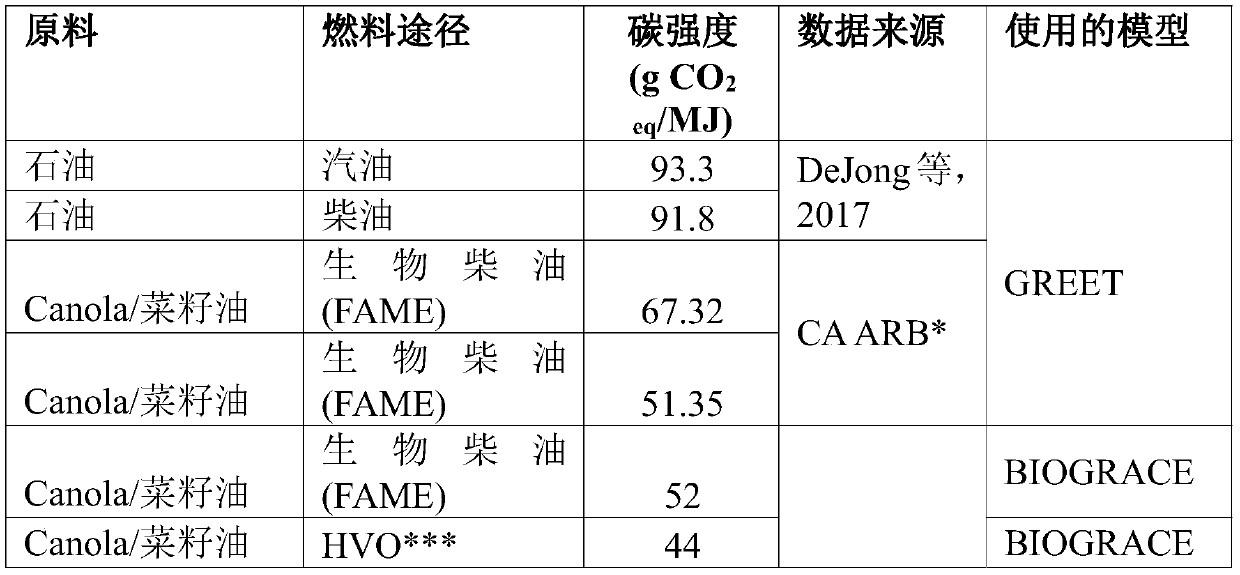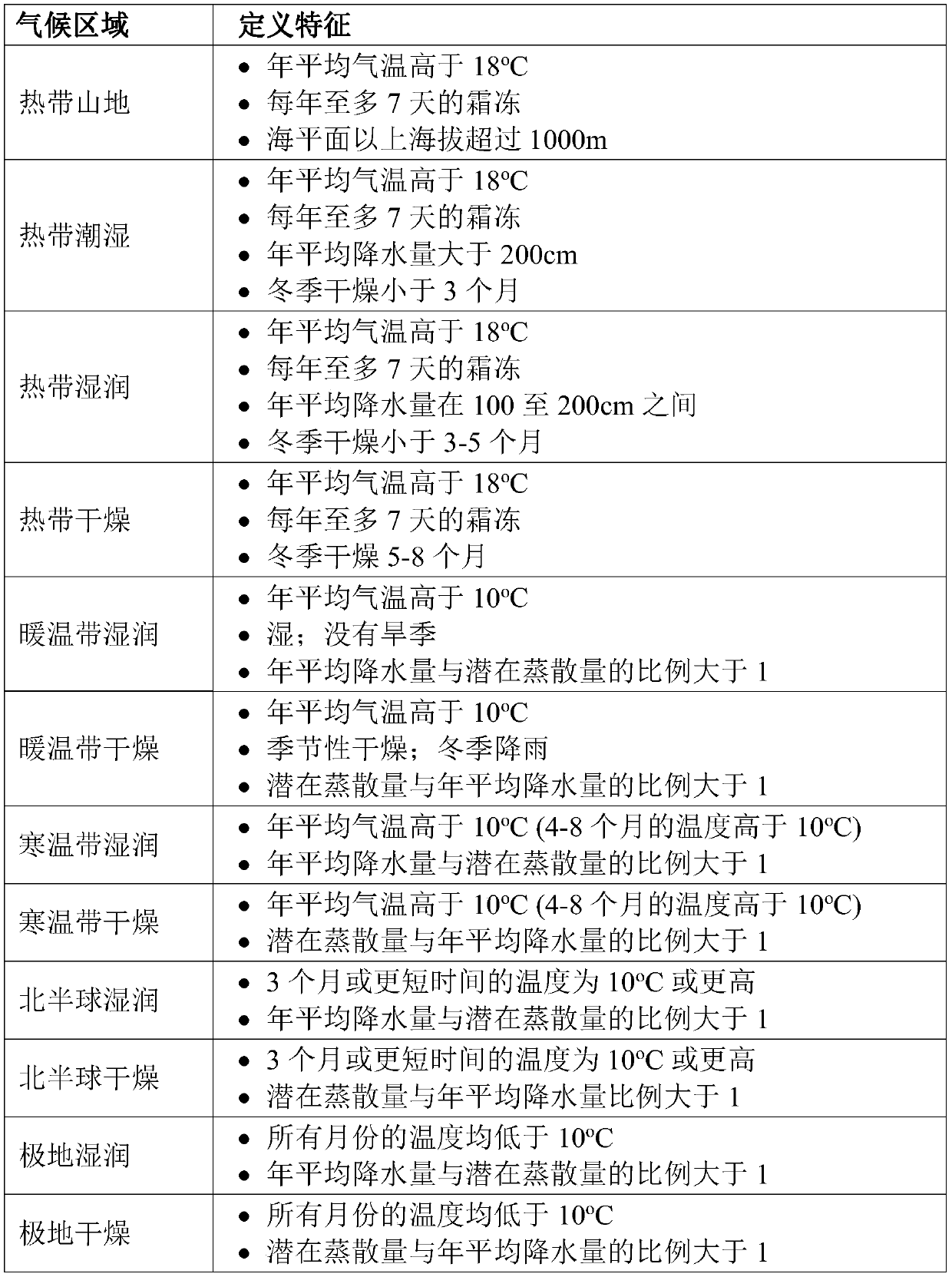Methods of agricultural production of brassica carinata oilseed crops
A technology of crops and grains, which is applied in the field of agricultural production of mustard oilseed crops in Ethiopia, can solve the problems of not considering co-products, etc., and achieve the effect of improving productivity and reducing total emissions
- Summary
- Abstract
- Description
- Claims
- Application Information
AI Technical Summary
Problems solved by technology
Method used
Image
Examples
Embodiment 1
[0292] Example 1: Growth of Ethiopian mustard sequentially as a winter cover rotation after peanut.
[0293] This example illustrates the cultivation of Ethiopian mustard as a cover crop in a humid tropical climate region for the production of a feedstock for low carbon intensity biofuels and a protein-rich meal for livestock feed. As an example of cultivation in this area, Ethiopian mustard is used as a winter cover crop instead of fallow, and it is cultivated sequentially in two farms in the southeastern United States (North Florida) during the winter of 2015-2016. Farm 1 is located near Jay, Florida, and Farm 2 is located near Altha, Florida. The predecessor crop cultivated on both farms was peanut of the legume crop species.
[0294] Table 5 summarizes how carinata crop cultivation was performed on each farm. These two farms are located in northern Florida, which is classified as humid tropical as described above and in Table 2. Soils in the northern Florida region (whe...
Embodiment 2
[0298] Example 2: Growth of Ethiopian mustard sequentially as a winter cover after a cereal crop (maize) in a humid tropical climate (Florida / Southeastern US).
[0299] This example illustrates the cultivation of Ethiopian mustard as a cover crop in humid tropical climates for the production of feedstock for biofuels and protein-rich meals for livestock feed. Ethiopian mustard was used as a winter cover crop instead of winter fallow, and it was cultivated sequentially in farms in the southeastern United States (North Florida) during the winter of 2015-2016. The predecessor crop cultivated was maize (an example of a cereal crop species) and, contrary to past practice, the harvest residues of the preceding maize crop were not incorporated by tillage. Table 6 summarizes the details of the cultivation of carinata in the humid tropical climate regions described above and in Table 2. The soils in this area of northern Florida are of the sandy soil type (see set SET #3 above for d...
Embodiment 3
[0304] Example 3: Growth of Ethiopian mustard as a summer mulch after leguminous crops (lentils) in a cool temperate dry climate (NT).
[0305] This example illustrates the cultivation of carinata as a summer cover crop for the production of a feedstock for biofuel production and a protein-rich meal for livestock feed. Ethiopian mustard was used as a summer cover crop, grown on the residues of previous lentil crops in cold temperate dry climates along the northern line of the United States and the southern Canadian prairies. Table 7 summarizes the details of the cultivation carried out in regions classified as cool temperate dry climates above and in Table 2. Examples of such areas include the northern line US states and the southern prairies of western Canada. Soils in these areas are classified as highly reactive clay soils (Commission Decision of June 2010 on guidelines for the calculation of land carbon stocks for the purpose of Annex V to Directive 2009 / 28 / EC). The legu...
PUM
 Login to View More
Login to View More Abstract
Description
Claims
Application Information
 Login to View More
Login to View More - R&D Engineer
- R&D Manager
- IP Professional
- Industry Leading Data Capabilities
- Powerful AI technology
- Patent DNA Extraction
Browse by: Latest US Patents, China's latest patents, Technical Efficacy Thesaurus, Application Domain, Technology Topic, Popular Technical Reports.
© 2024 PatSnap. All rights reserved.Legal|Privacy policy|Modern Slavery Act Transparency Statement|Sitemap|About US| Contact US: help@patsnap.com










